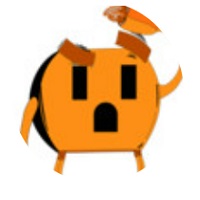The Growth of LED Lighting and the Growing Need for LEDs Around the World
It is true. The LED lightbulb market is a rapidly growing industry in the United States. Business and organizations are looking for cost-effective ways to be environmentally conscious while looking for more efficient solutions light their buildings. With LEDs, less equals more. Less wattage but a better lumens-per-watt ratio than any other commercially available light source. Less energy but better quality light and an output that is much higher.
While we are seeing more and more companies switching to LED, including the soon-to-be-completed Sun Trust Park, we are also seeing other organizations and countries switching to LEDs for a variety of reasons.
India
Recently, India’s Prime Minister Shri Narendra Modi launched a nation-wide LED program for home and street lighting. Modi, in a speech trying to promote LED usage across the country, stated that it is far more difficult (and expensive) for a country to produce energy rather than to conserve energy.
Recommended Products
European Union
The European Union will be phasing out of incandescent lights by 2012 and switch over to alternative lighting options, such as LEDs or CFLs. But the market is beginning to realize that CFLs in a residential setting do not stack up when compared to LED bulbs.
Australia and Argentina
Meanwhile, other countries including Australia and Mexico have adopted means in which they are phasing out older lighting methods and incorporating new standards for energy efficiency.
Developing Countries
Lastly, according to the University of Southern California, some LED lights will now help developing countries fight off disease carrying mosquitos by tweaking the light bulb to emit certain ranges of color within the light and omit the color ranges that attract bugs. In continents like South America and Africa, one of the easiest ways to develop a disease is through mosquitos or other insects that are attracted to light.
Recommended Products
Receive special deals and more, right to your inbox
Receive special deals and more, right to your inbox





